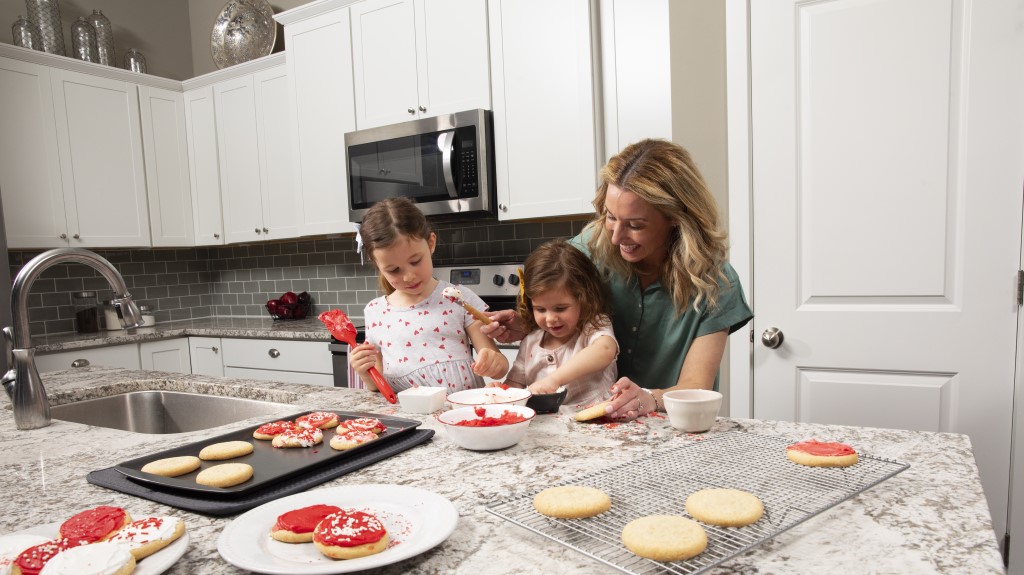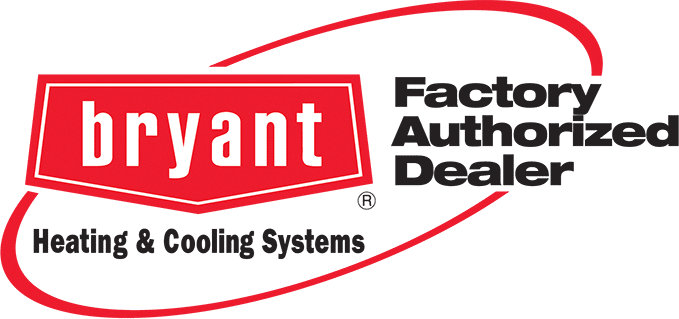
When we think about home safety, we often focus on things like security systems, smoke alarms, and carbon monoxide detectors. But one of the most important—yet often overlooked—factors in a healthy home is air quality. The air inside your home should be clean, fresh, and free from harmful pollutants to ensure your family’s well-being. Click on the following sections to learn more:
- Understanding Home Air Quality: What You Need to Know
- What to Do If Your Home Has Poor Air Quality
- Planning for Better Air Quality: Long-Term Solutions for a Healthier Home
- Enhancing Indoor Air Quality: The Role of Humidifiers, Air Filters, and Heat Recovery Ventilators
Whether you’re dealing with dust, allergens, or inadequate ventilation, taking the right steps can make a big difference. Service 1st is here to help you breathe easier by providing professional HVAC maintenance, air filtration solutions, and expert advice on keeping your home’s air safe and healthy. Contact us to learn more.
Air Quality
1. Understanding Home Air Quality: What You Need to Know
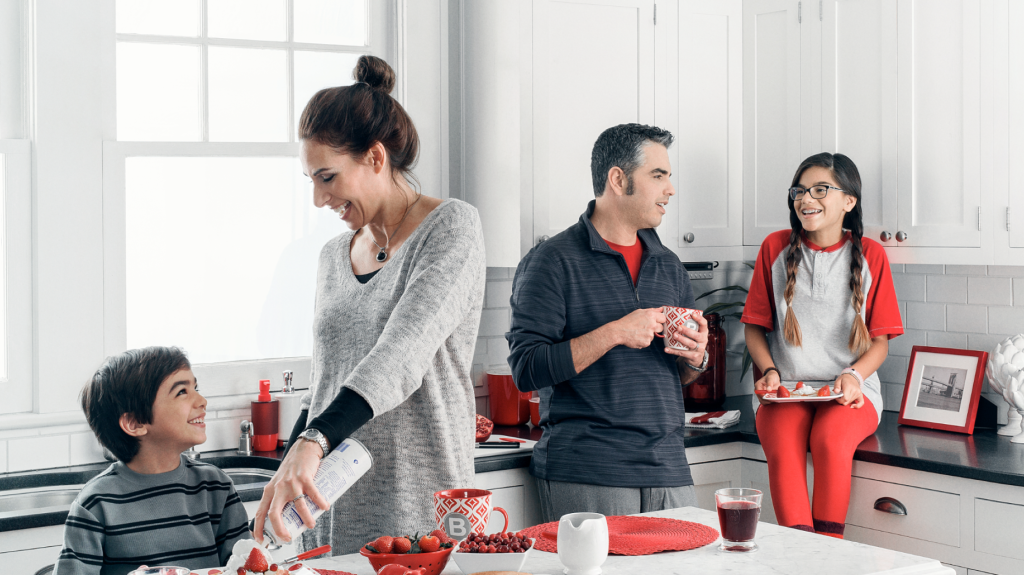
A home with good air quality should feel fresh and comfortable, without any lingering odours, excessive humidity, or noticeable dust buildup.
The air inside your home should be clean, fresh, and free of pollutants to ensure a healthy and comfortable living environment. Poor indoor air quality can lead to the following:
- Respiratory issues
- Allergies
- Long-term health concerns
That’s why it is essential to maintain proper ventilation and minimize harmful contaminants. Here’s what you need to know about achieving and maintaining good air quality in your home.
What Does Good Indoor Air Quality Look Like?
A home with good air quality should feel fresh and comfortable, without any lingering odours, excessive humidity, or noticeable dust buildup. Ideally, the air inside your home should:
- Be easy to breathe: No one in your household should experience difficulty breathing, persistent coughing, or irritation from the air.
- Have proper ventilation: Fresh outdoor air should be able to circulate in and out of your home, preventing stale air from accumulating.
- Be free of strong odours: Any unusual or lingering smells, such as those from cooking, pets, or musty dampness, may indicate poor ventilation or indoor pollutants.
In addition, your home should maintain balanced humidity levels. Air that is too dry can cause irritation to the throat and skin, while excessive humidity can encourage mould growth.
Why Ventilation is Key to Air Quality
One of the biggest factors in maintaining clean indoor air is proper ventilation. To improve ventilation:
- Open windows and doors when possible to let fresh air in.
- Use exhaust fans in kitchens and bathrooms to remove excess humidity and pollutants.
- Ensure HVAC systems are working efficiently, as they play a major role in circulating and filtering air throughout your home.
Without a steady flow of fresh air, indoor spaces can trap pollutants, allergens, and moisture, leading to poor air quality.
Containing Harmful Fumes and Pollutants
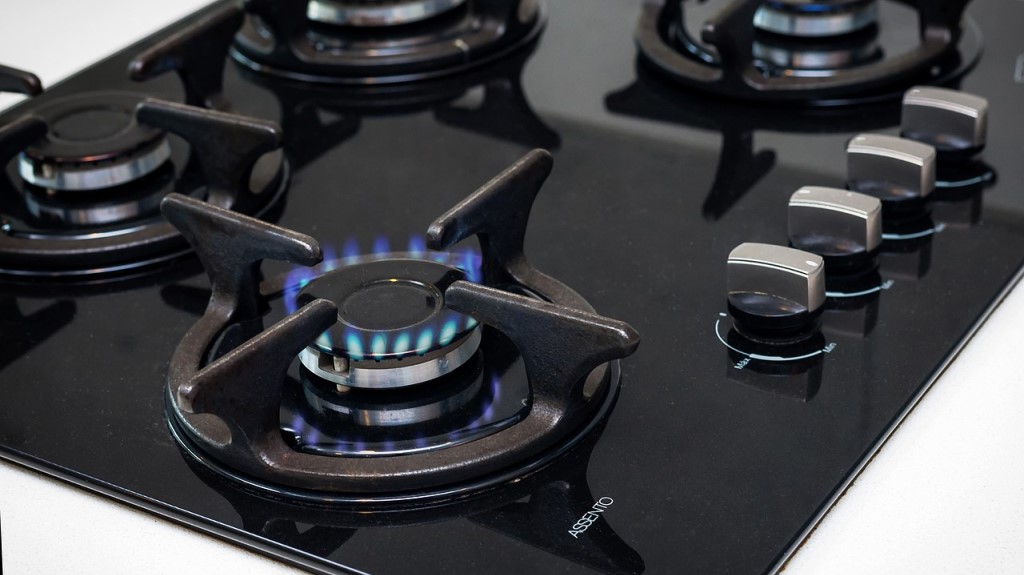
Cooking on a gas stove releases airborne particles and gases that can affect air quality—always use a range hood or ventilation fan.
Certain household activities and appliances can release pollutants into the air, which must be properly contained and vented to maintain a safe indoor environment. Some common sources include:
- Fireplaces and Wood Stoves: Fireplaces and wood stoves can release smoke and carbon monoxide, which should be vented outside through a well-maintained chimney.
- Gas Stoves and Ovens: Cooking releases airborne particles and gases that can affect air quality—always use a range hood or ventilation fan.
- Household Cleaners and Aerosols: Many cleaning products contain chemicals that can linger in the air—opt for non-toxic or fragrance-free options when possible.
By ensuring proper ventilation, filtering out pollutants, and maintaining humidity levels, you can create a healthier and more comfortable home for your family.
If you’re unsure about your home’s air quality, Service 1st can help with expert assessments and solutions to keep your indoor air safe and clean.
2. What to Do If Your Home Has Poor Air Quality
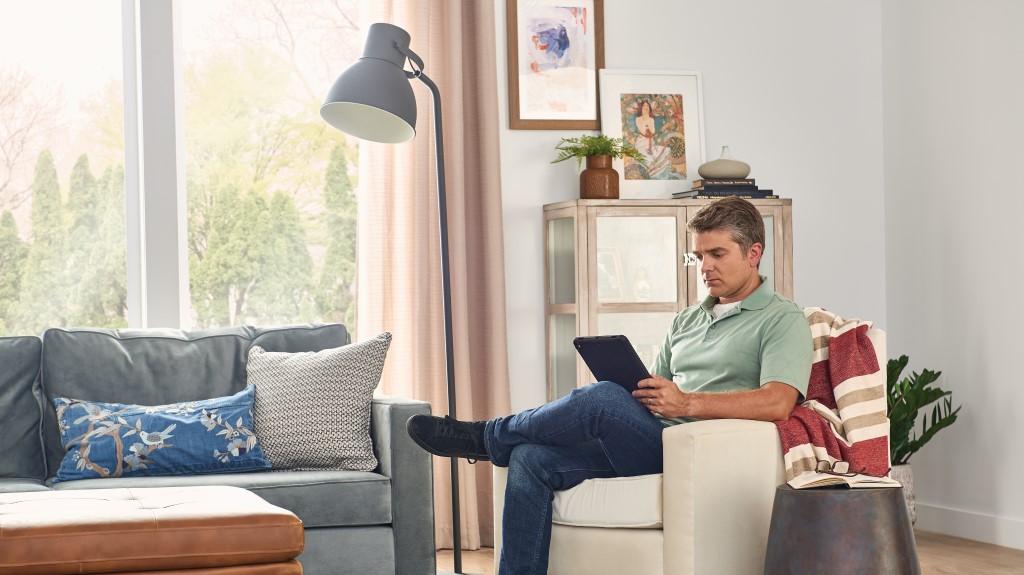
Poor air quality can develop gradually or suddenly, depending on the source.
If you or your family are experiencing allergy symptoms, difficulty breathing, or unusual odours, your indoor air quality may be compromised. While some air quality issues can be resolved with better ventilation and filtration, others may signal serious health hazards that require immediate action. Knowing the warning signs and how to respond can help you protect your home and loved ones.
Recognizing the Signs of Dangerous Air Quality
Poor air quality can develop gradually or suddenly, depending on the source. Be on the lookout for the following warning signs:
- Persistent coughing, sneezing, or congestion that worsens indoors.
- Unusual odours, such as mustiness (mould), burning smells, or chemical fumes.
- Excessive dust buildup or visible mould growth on walls, ceilings, or vents.
- Increased humidity or condensation on windows, can promote mould and mildew.
- Headaches, dizziness, or nausea when spending extended time indoors.
If you or your family experience any of these symptoms regularly, it’s important to address the air quality issue as soon as possible.
Emergency Situations: When to Evacuate
Some air quality issues pose an immediate danger to your health and require urgent action:
Smoke or Fire:
If you notice thick smoke inside your home, evacuate immediately and call emergency services. Smoke inhalation can be deadly.
Carbon Monoxide (CO) Exposure:
If your carbon monoxide detector goes off or you experience sudden dizziness, nausea, or confusion, leave your home immediately and seek fresh air. CO is odourless and deadly, often caused by malfunctioning furnaces, stoves, or fireplaces.
Gas Leaks:
If you smell rotten eggs (a sign of a natural gas leak), do not turn on any lights or appliances—leave the home and call your gas provider or emergency services.
For non-emergency air quality issues, professional maintenance and inspection can restore safe, clean air inside your home.
Call Service 1st for Professional Air Quality Solutions
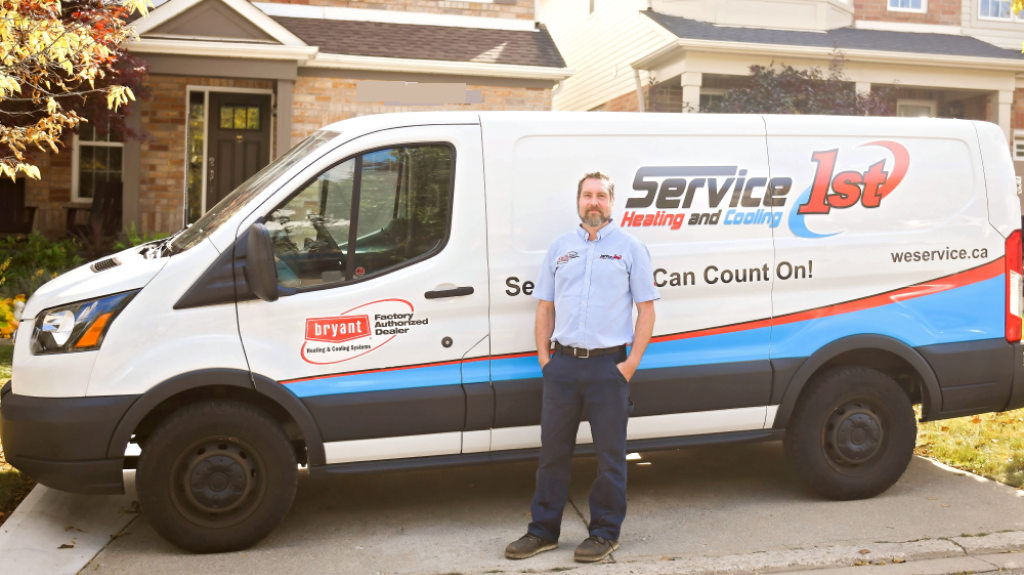
If you suspect a problem, contact Service 1st today for professional solutions to keep your home’s air fresh and safe.
If your home’s air quality is causing discomfort—but doesn’t pose an immediate danger—the next step is to schedule an inspection and maintenance service. Service 1st’s HVAC experts can:
- Inspect your ventilation system to ensure fresh air is properly circulating.
- Professionally clean and disinfect your ducts.
- Clean or replace air filters to remove dust, allergens, and pollutants.
- Check for mould or humidity issues that could be affecting air quality.
- Service your furnace and AC to ensure they are operating safely and efficiently.
Ignoring poor air quality can worsen respiratory issues, damage your home, and impact your overall well-being. If you suspect a problem, contact Service 1st today for professional solutions to keep your home’s air fresh and safe.
3. Planning for Better Air Quality: Long-Term Solutions for a Healthier Home

Use high-quality air filters in your HVAC system.
Improving your home’s air quality isn’t just about fixing problems as they arise. It requires ongoing care and smart planning to maintain clean, breathable air for years to come. Investing in the right equipment, scheduling regular maintenance, and being proactive about ventilation will help ensure that your home remains a healthy and comfortable environment for your family.
Invest in High-Quality Air Filters
One of the easiest ways to improve indoor air quality is by using high-quality air filters in your HVAC system. These filters trap dust, allergens, pet dander, and pollutants, preventing them from circulating throughout your home.
- Choose the right filter: Look for filters with a higher MERV rating (Minimum Efficiency Reporting Value). A rating of 8–13 is good for most homes, but HEPA filters provide the highest level of filtration.
- Change filters regularly: Replace your air filters every 1–3 months to maintain optimal airflow and filtration.
- Consider an air purifier: For added protection, a standalone air purifier with a HEPA filter can remove even more airborne pollutants.
Schedule Regular HVAC Maintenance
Your heating, ventilation, and air conditioning (HVAC) system plays a crucial role in circulating air throughout your home. Without proper maintenance, dust, mould, and debris can build up inside your ducts, reducing efficiency and air quality.
Get your furnace and AC serviced annually:
A professional tune-up ensures your systems are running efficiently and safely.
Clean your air ducts as needed:
If you notice excess dust or musty odours, it may be time for a duct cleaning.
Check for leaks and blockages:
Blocked vents and duct leaks can reduce airflow and lead to poor ventilation.
Regular HVAC maintenance not only improves air quality but also extends the life of your equipment and reduces energy costs.
Don’t Neglect Other Air Quality Equipment
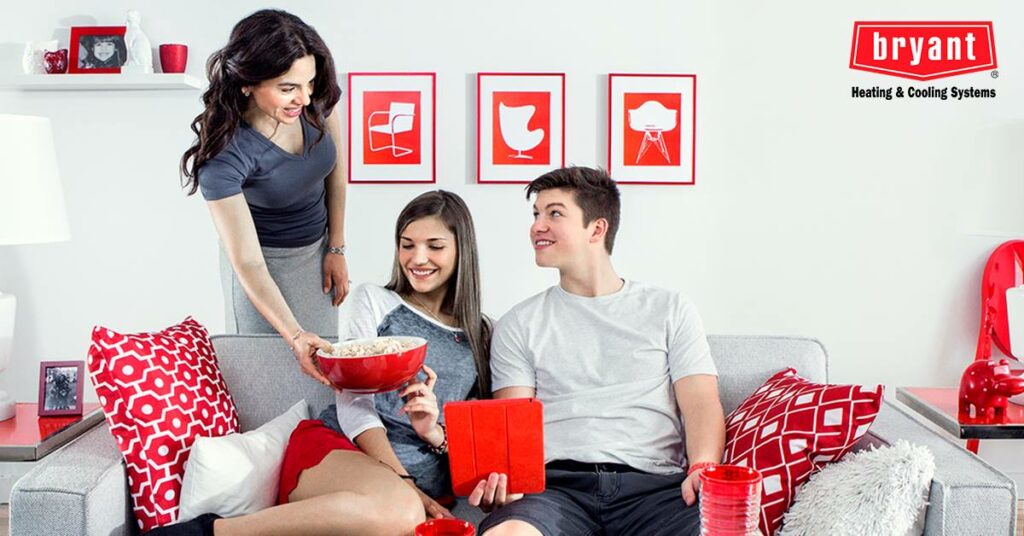
Use a dehumidifier or humidifier to maintain balanced humidity levels
Beyond your HVAC system, other equipment can significantly impact indoor air quality.
- Use a dehumidifier or humidifier to maintain balanced humidity levels, preventing mould growth or overly dry air.
- Check and clean ventilation fans in bathrooms and kitchens to reduce moisture buildup and remove pollutants.
- Inspect and maintain gas appliances like stoves, fireplaces, and water heaters to prevent carbon monoxide leaks.
By planning ahead and keeping up with regular maintenance, you can prevent air quality issues before they start. If you’re unsure about the best air filtration system for your home or need professional maintenance, Service 1st is here to help with expert solutions for a healthier home.
4. Enhancing Indoor Air Quality: The Role of Humidifiers, Air Filters, and Heat Recovery Ventilators
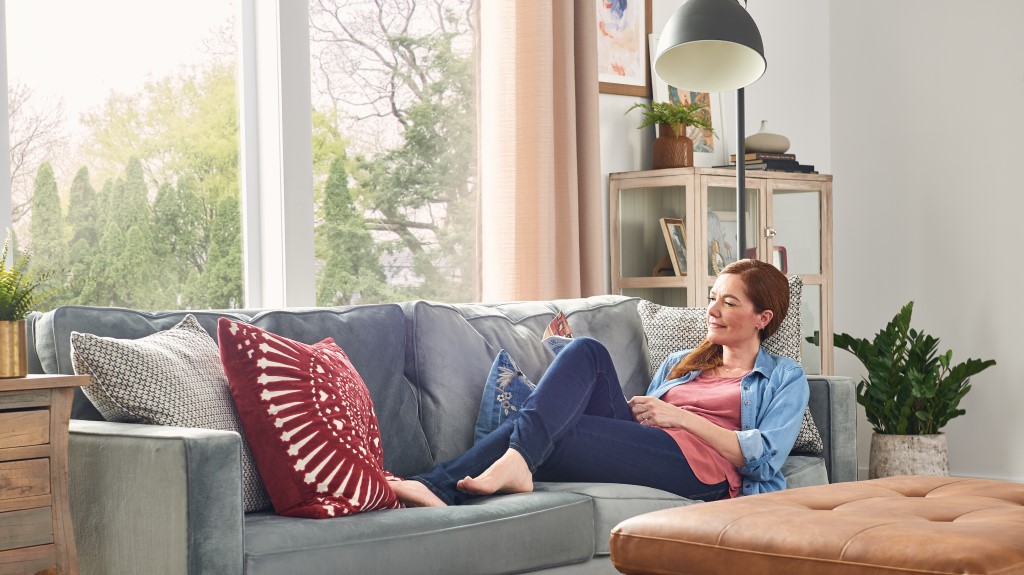
Humidifiers add moisture to the air, which is particularly beneficial during dry winter months.
Maintaining optimal indoor air quality is essential for a healthy and comfortable living environment. Utilizing devices such as humidifiers, air filters, and heat recovery ventilators (HRVs) can significantly improve the air you breathe by regulating humidity levels, removing pollutants, and ensuring proper ventilation.
Humidifiers: Balancing Indoor Humidity
Humidifiers add moisture to the air, which is particularly beneficial during dry winter months when indoor heating can lead to low humidity levels. Maintaining indoor humidity between 30% and 50% helps prevent issues such as dry skin, irritated respiratory passages, and static electricity.
Proper humidity levels also protect wooden furniture and musical instruments from cracking. By using a humidifier, you can create a more comfortable and healthful indoor environment.
Air Filters: Removing Airborne Pollutants
Air filters are designed to capture airborne particles like dust, pollen, pet dander, and other allergens, preventing them from circulating throughout your home. High-efficiency particulate air (HEPA) filters are particularly effective, trapping up to 99.97% of particles as small as 0.3 microns.
Regularly replacing or cleaning your HVAC system’s air filters ensures optimal performance and maintains cleaner indoor air. Incorporating standalone air purifiers with HEPA filters can further enhance air quality, especially in homes with allergy sufferers or pets.
Heat Recovery Ventilators (HRVs): Ensuring Fresh Air Circulation
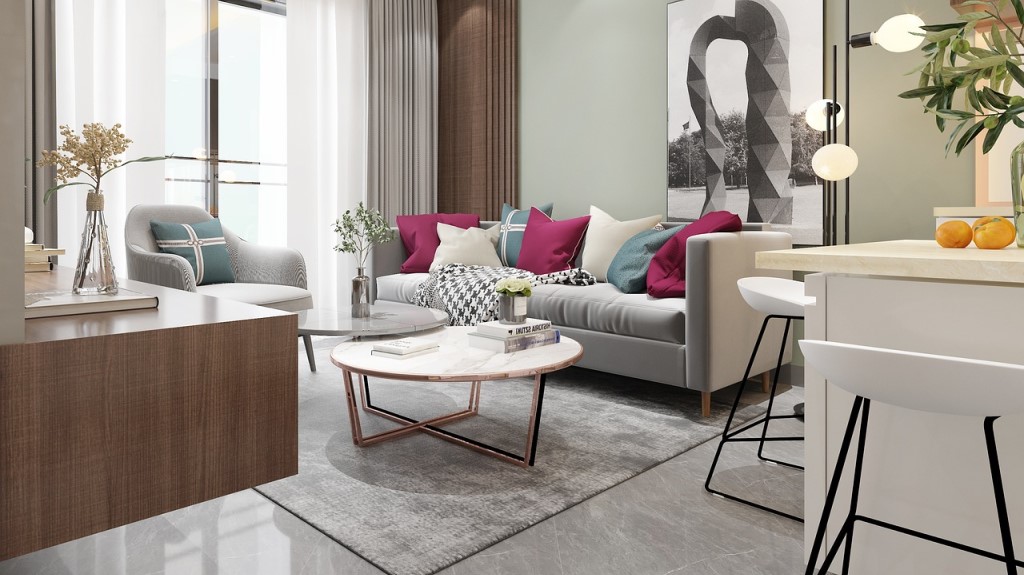
HRVs are useful in tightly sealed, energy-efficient homes where natural ventilation is limited.
Heat recovery ventilators (HRVs) are mechanical ventilation systems that improve indoor air quality by exchanging stale indoor air with fresh outdoor air while retaining heat. They work by capturing heat from the outgoing air and transferring it to the incoming air, ensuring energy efficiency.
This process not only provides a continuous supply of fresh, filtered air but also helps reduce indoor pollutants and excess humidity. HRVs are particularly beneficial in tightly sealed, energy-efficient homes where natural ventilation is limited.
By integrating these devices into your home’s HVAC system, you can significantly enhance indoor air quality, leading to a healthier and more comfortable living space. Regular maintenance and professional assessments ensure these systems operate effectively, providing long-term benefits for you and your family.
Why Choose Service 1st Heating and Air Conditioning?
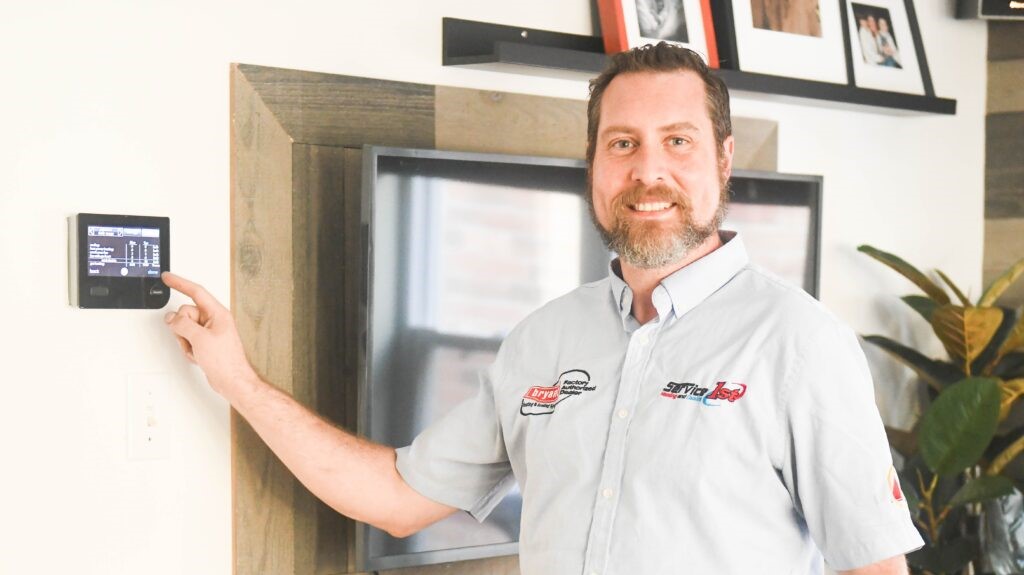
Your HVAC system is essential to creating a comfortable and efficient home environment. Understanding when to call a professional for maintenance, repairs, or replacements can save you money, reduce energy waste, and ensure your system runs smoothly for years to come.
When it comes to professional HVAC maintenance, repairs, or replacements, Service 1st Heating and Air Conditioning is the trusted choice for homeowners. Here’s why:
- Expert Diagnosis and Repairs: Our skilled technicians quickly identify and resolve HVAC issues, restoring comfort and efficiency to your home.
- Comprehensive Maintenance Plans: Regular maintenance ensures your system operates at peak performance, prolonging its lifespan and preventing costly breakdowns.
- Custom Replacement Recommendations: If your system needs upgrading, we provide tailored advice to help you choose the perfect HVAC system for your home’s size, needs, and budget.
- Energy-Efficient Solutions: We specialize in modern HVAC systems designed to save energy and reduce utility bills, including options with smart technology.
- Customer-Centric Service: We prioritize your satisfaction, offering transparent pricing, timely service, and expert guidance every step of the way.
Don’t wait until small issues become major problems. Contact Service 1st Heating and Air Conditioning for expert maintenance, repairs, and HVAC replacements tailored to your needs. Schedule your HVAC system maintenance or consultation with Service 1st today and experience the difference of working with a trusted professional team!



What Our Customers Are Saying...
“Chris was absolutely amazing!! He took the time to explain exactly what my issue was with my furnace. Very knowledgeable and very patient in his explanations. Service 1st you have a valuable team player. Will definitely recommend Service 1st to family and Friends!! I found all service technicians very informative and very professional. I had the ducts in my house cleaned, my gas fireplace tuned up and a whole new furnace and heat pump installed. I would highly recommend Service 1st!!”
